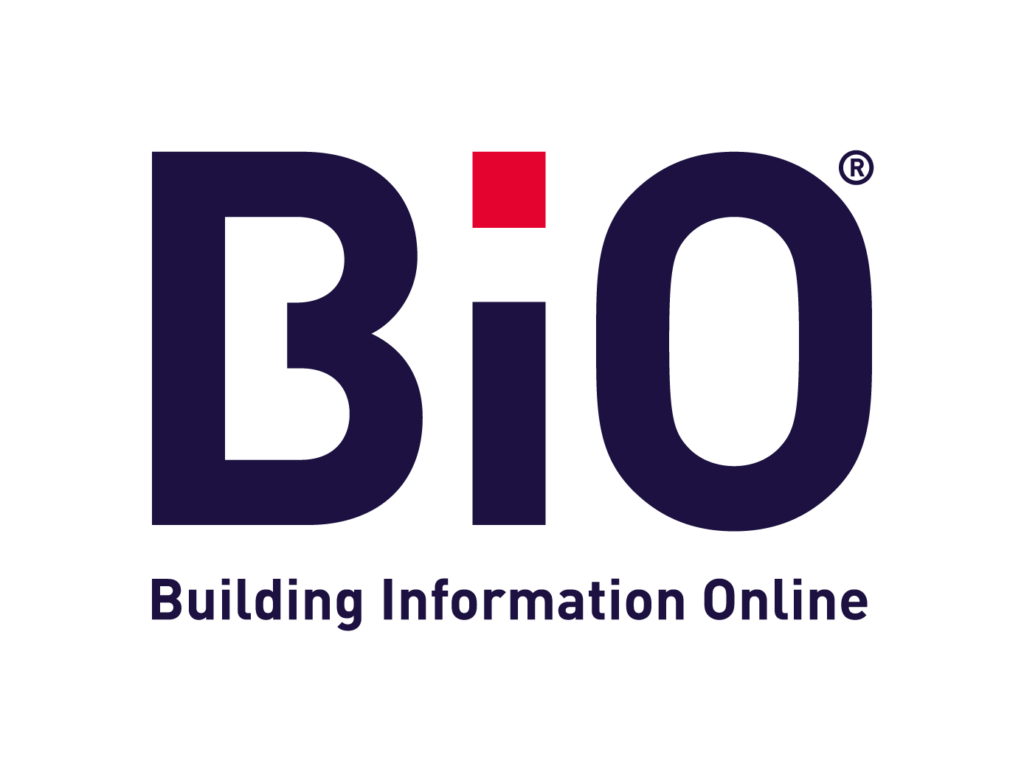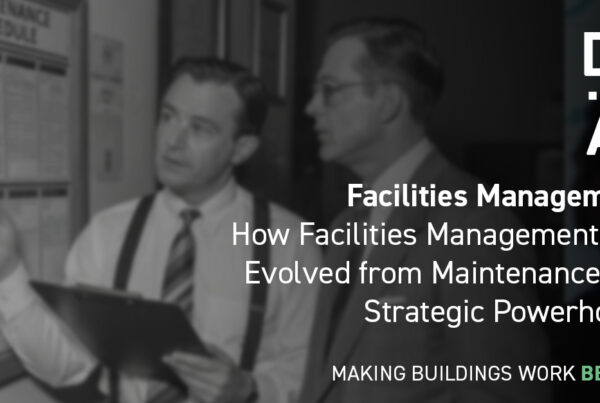
With budgets stretched and backlogs growing, digital FM offers a smarter way to manage school estates at scale.
The UK education sector faces an unprecedented challenge; building maintenance backlogs are growing at an alarming rate with funding struggling to keep pace. Schools are under increasing pressure to find new ways to maintain safe, functional learning environments – often with limited resources – and for Multi Academy Trusts (MATs), which oversee multiple sites with various needs, the complexity deepens.
Digital innovations can make a significant impact on improving the status quo. Forward-thinking trusts are turning to workflow management software to help them save money, operate more efficiently and enhance the quality of learning environments across their portfolios.
A Growing Problem
The National Audit Office’s latest findings reveal that the school building maintenance backlog has grown to £13.8 billion as of October 2024 – a significant increase from previous predictions. Actual remediation costs could be “substantially higher, in some cases 10 times higher,” than current estimates, potentially driving the true costs closer to £140 billion – according to the Office of Government Property (OGP).
The cost of poor building conditions
A stark reality lies behind these figures: poorly maintained buildings directly impact on the quality of learning and education. A 2013 study found that 73% of variation in pupil performance can be explained by building environment factors including:
- Temperature control
- Lighting quality
- Air quality
- Colour schemes
- Room orientation
The study concludes that placing an average student in the least effective classroom environment, compared to the most effective learning environment, could impact their learning progress by as much as an entire year’s worth of improvement.
Considering that students spend approximately 1,000 hours in a school building, the importance of maintaining optimal environmental conditions is irrefutable.
Managing Complexity at Scale: Multi Academy Trusts (MATs)
Multi Academy Trusts (MATs) are not-for-profit organisations responsible for operating multiple academy schools – a model that enables educational establishments to share resources and streamline management across their portfolio. When it comes to keeping MAT buildings in good order, a collaborative effort is required by all stakeholders, prioritising asset protection, energy efficiency and the prevention of downtime, with the overarching goal of minimising disruption to school operations.
Since 2010, the number of academy schools has risen sharply in the UK with plans for most MATs to run at least 10 schools by 2030. In 2023 there was a 5.4% increase – nearly double the 2.7% rise seen in 2022, but this rapid growth now coincides at a time of significant financial burden. Schools and trusts report grappling with escalating operational costs including rising energy prices, salary increases, recruitment and building maintenance, all with per-pupil funding failing to keep pace with inflation.
More than one in three MATs (37%) are projected to fall below 5% revenue reserves within the next three years. Depleting these reserves forces a school to make difficult spending choices to balance day-to-day operational costs. It’s a dangerous cycle: once reserves are depleted, there’s no longer a safety net for major and/or emergency repairs. Essential building maintenance can also fall down the priorities list
Operational Complexity
Managing multiple sites brings inherent challenges:
- Diverse building portfolios: MATs portfolios often range from Victorian-era buildings to state-of-the-art new constructions, each with unique maintenance requirements. The needs of different groups of pupils can also vary significantly.
- Varying compliance needs: Different building types require different approaches to statutory compliance and safety standards.
- Resource allocation: Ensuring fair and effective distribution of maintenance resources across multiple sites.
- Skills and expertise: Coordinating specialist trades and ensuring the right expertise reaches the right location at the right time
As MATs continue to grow in scale and responsibility, the pressure to deliver high-quality education while managing increasingly complex estates is intensifying. For MATs to thrive – and to meet the government’s ambitions – they must adopt smarter, more efficient ways of operating. Embracing digital tools, centralised planning, and data-driven maintenance strategies will be critical in ensuring that expanding trusts can maintain safe, effective learning environments for every pupil, across every site.
Why MATs Need Digital FM Solutions
Leading MATs are discovering that digitisation offers a smart solution to scaling up without compromising standards. Digital workflow and asset management tools enable trusts to work more efficiently, more strategically and with better outcomes.
One of the UK’s largest MATs, Leigh Academies Trust (LAT), oversees 32 academies serving more than 20,000 students across Kent, Medway and South. Their portfolio presents all the complexities typical of large MATs, including:
- Extremely varied buildings – historic buildings requiring specialist heritage expertise and modern constructions with complex building management systems
- Multiple geographic locations requiring consistent service, across multiple authorities
- Limited budgets demanding maximum efficiency
- Varied educational needs and optimal learning environments from primary through secondary and specialist provision
Managing this diversity while maintaining consistent standards and controlling costs presents a significant challenge when using traditional methods. Each site had developed its own processes and relationships with contractors, leading to inconsistent service levels and missed opportunities for economies of scale.
The Digital FM Solution: Work Smarter, Not Harder
By implementing a single digital service management and workflow platform, DMA Group’s BiO® cloud-based service management platform, LAT has revolutionised how it approaches maintenance across their entire estate.
In bringing all building services operations under one digital banner, BIO® has created unparalleled visibility and control. The system delivers live monitoring of operational status across all 32 sites, with real-time performance tracking for every maintenance activity. Statutory compliance documentation is instantly accessible, while centralised oversight ensures value for money and identifies cost-saving opportunities that would be difficult to spot across disparate systems.
Complete Transparency Across Operations
Every aspect of maintenance is now tracked comprehensively, creating end-to-end transparency that benefits all stakeholders. School leaders have live operational visibility and transparent reporting on costs, timelines, and outcomes. Operations teams benefit from smart automated alerts that ensure nothing critical is missed, while live dashboards provide 24/7 situational awareness.
This transparency extends to financial management, with clear monitoring of maintenance spend across all sites, predictive insights for budget planning, and cost comparison tools that enable truly informed decision-making.
The AI advantage
The platform’s embedded artificial intelligence has transformed operational efficiency by taking over the complex task of maintenance scheduling and resource allocation. AI automatically plans maintenance engineer tasks, matches skills to specific requirements, and optimises resources to reduce travel time and costs.
Perhaps most importantly, this automation allows humans to focus their expertise on the situations that require creative problem-solving and judgement when problems arise, whether that be planning for major maintenance projects or building relationships with schools and service partners.
Technology Enabled but People Powered
While technology provides the foundation, LAT’s success demonstrates that people remain at the heart of effective maintenance management. The digital platform enables better human performance rather than replacing it entirely.
Standardised training across all engineering teams ensures consistent service delivery, while continuous professional development keeps skills aligned with evolving technology. Knowledge sharing between sites and teams has improved dramatically, supported by the platform’s comprehensive documentation and communication tools.
Creating a unified approach across diverse sites requires careful attention to relationships. Every school must feel equally valued and supported. Open communication between central teams and individual sites, collaborative problem-solving when challenges arise, and shared accountability for maintenance outcomes have created a one-team mentality.
Measurable Results: Beyond Cost Savings
LAT’s digital unification has delivered benefits across three key areas:
- Finance – energy consumption has reduced and emergency repairs have been prevented, improvement budget predictability
- Operations – response times are faster and higher than first-time fix rates, meaning less disruption to education. LATs most recent review shows that 94% of planned maintenance tasks are completed ‘right first time’.
- Standards – most importantly, consistency of environmental standards across all sites ensure equitable learning conditions for students, regardless of which school they attend.
The success of Leigh Academy Trust offers a clear roadmap for the sector and alternative narrative to the current crisis in public sector building maintenance. LAT demonstrates how strategic investment in digital transformation can break the seemingly endless cycle of deferred maintenance and emergency repairs.
The Future of FM is Digital
Traditional approaches are no longer sufficient to meet the scale of the challenges presented by the growing maintenance crisis facing UK schools, organisations like Leigh Academies Trust are proving that digital unification can provide a way forward.
By embracing smart technology, MATs can transform their maintenance operations. The result is better learning environments for students, improved working conditions for staff and more sustainable financial operations. In this sector, every penny counts and every decision impacts student outcomes.
Operational transparency
- Live visibility of operational status across all sites
- Real-time performance monitoring
- Instant access to statutory compliance documentation
- Comprehensive asset tracking and history
Strategic decision making
- Data-driven insights to maintenance patterns and costs
- Predictive analytics to prevent expensive emergency repairs
- Resource allocation based on actual need rather than guesswork
- Long-term planning capabilities based on comprehensive asset data
Cost control
- Elimination of duplicate systems and processes
- Reduced administrative overhead
- Prevention of expensive reactive maintenance through predictive scheduling
- Energy savings through optimised asset performance



